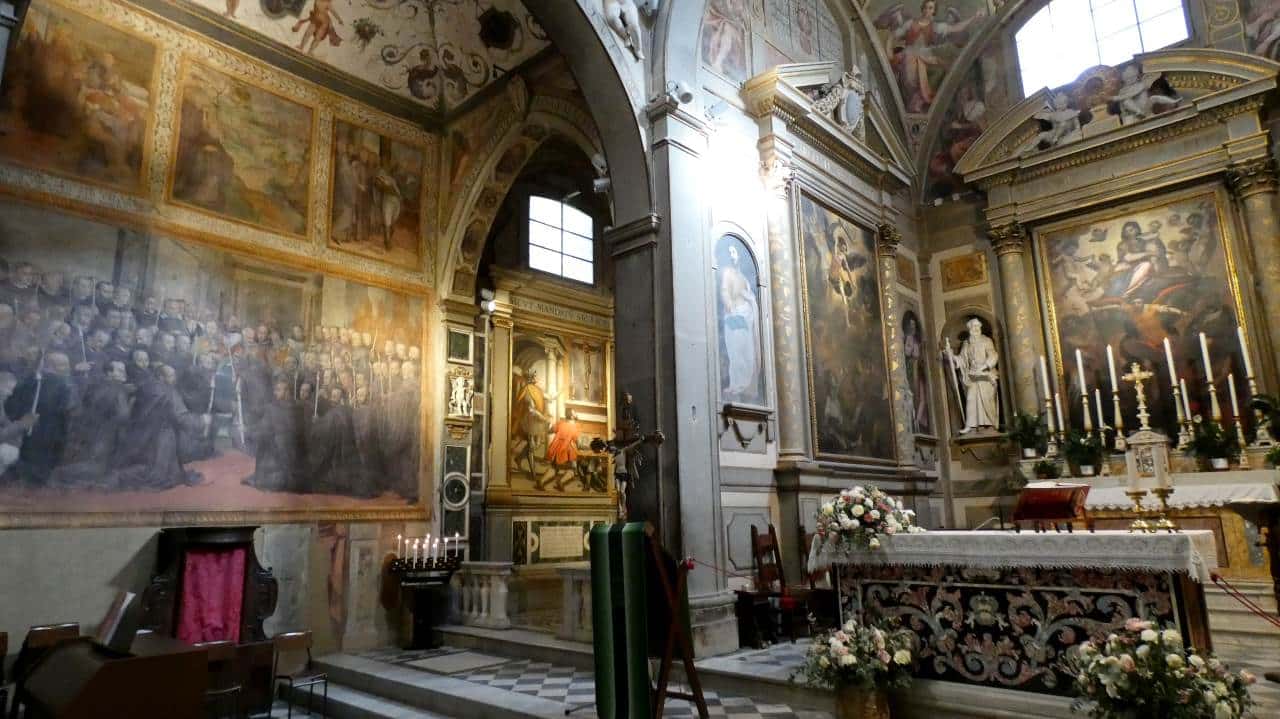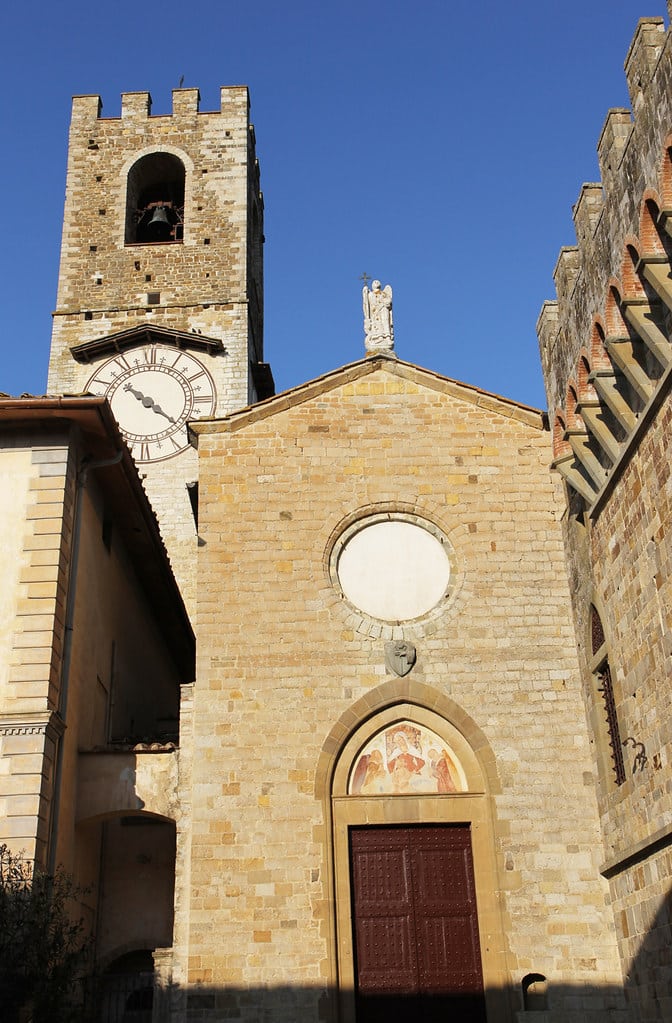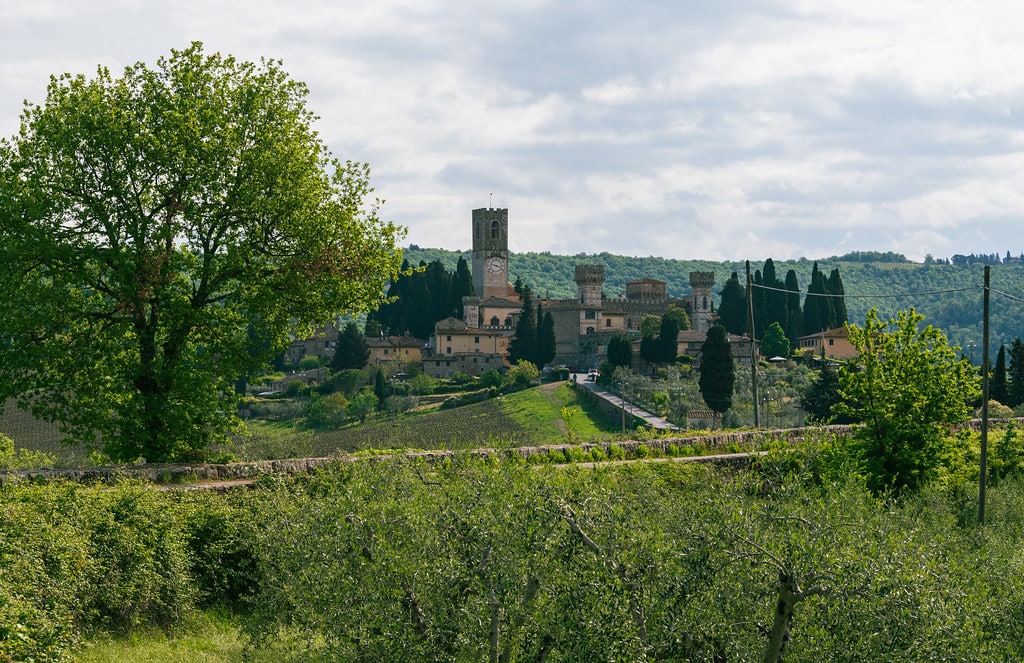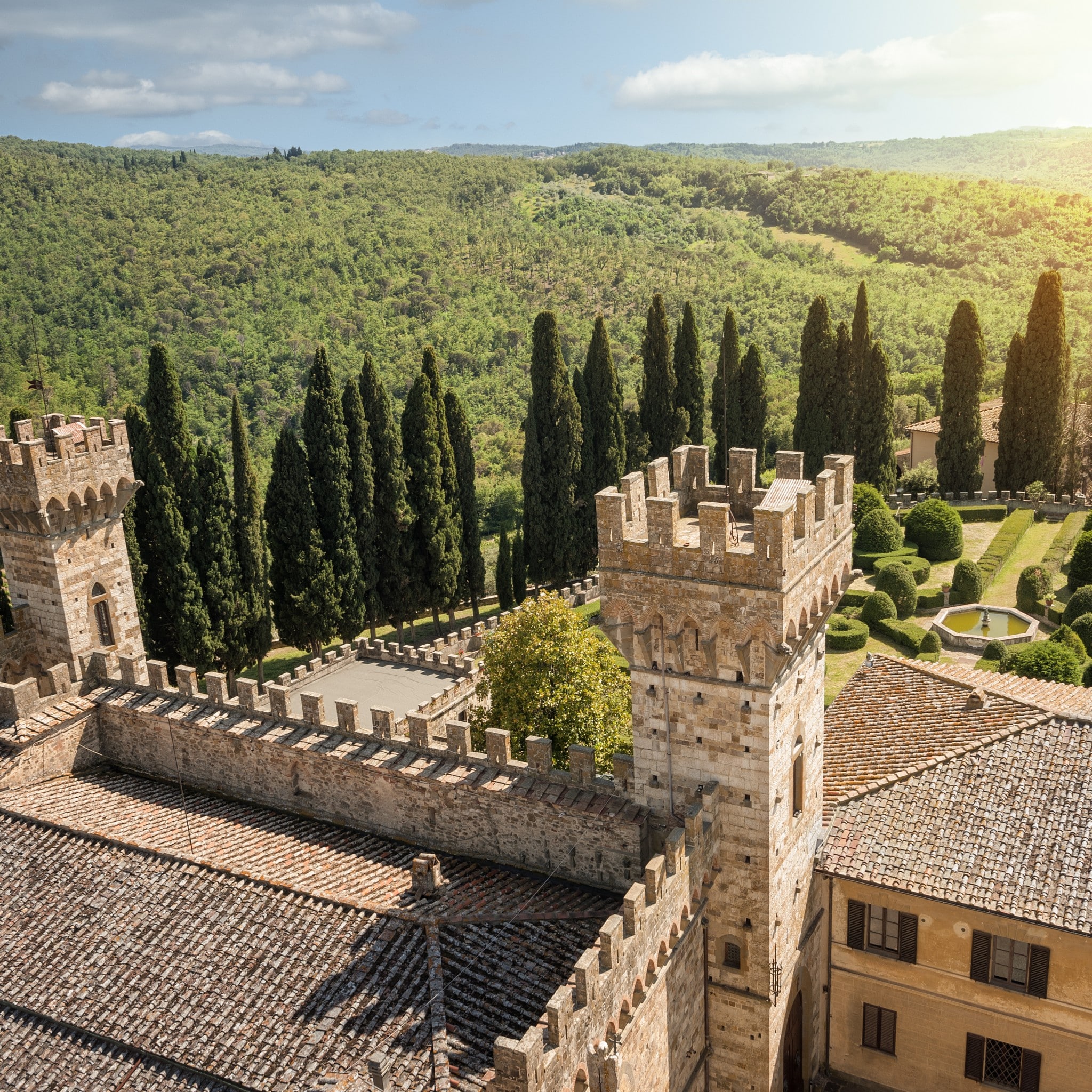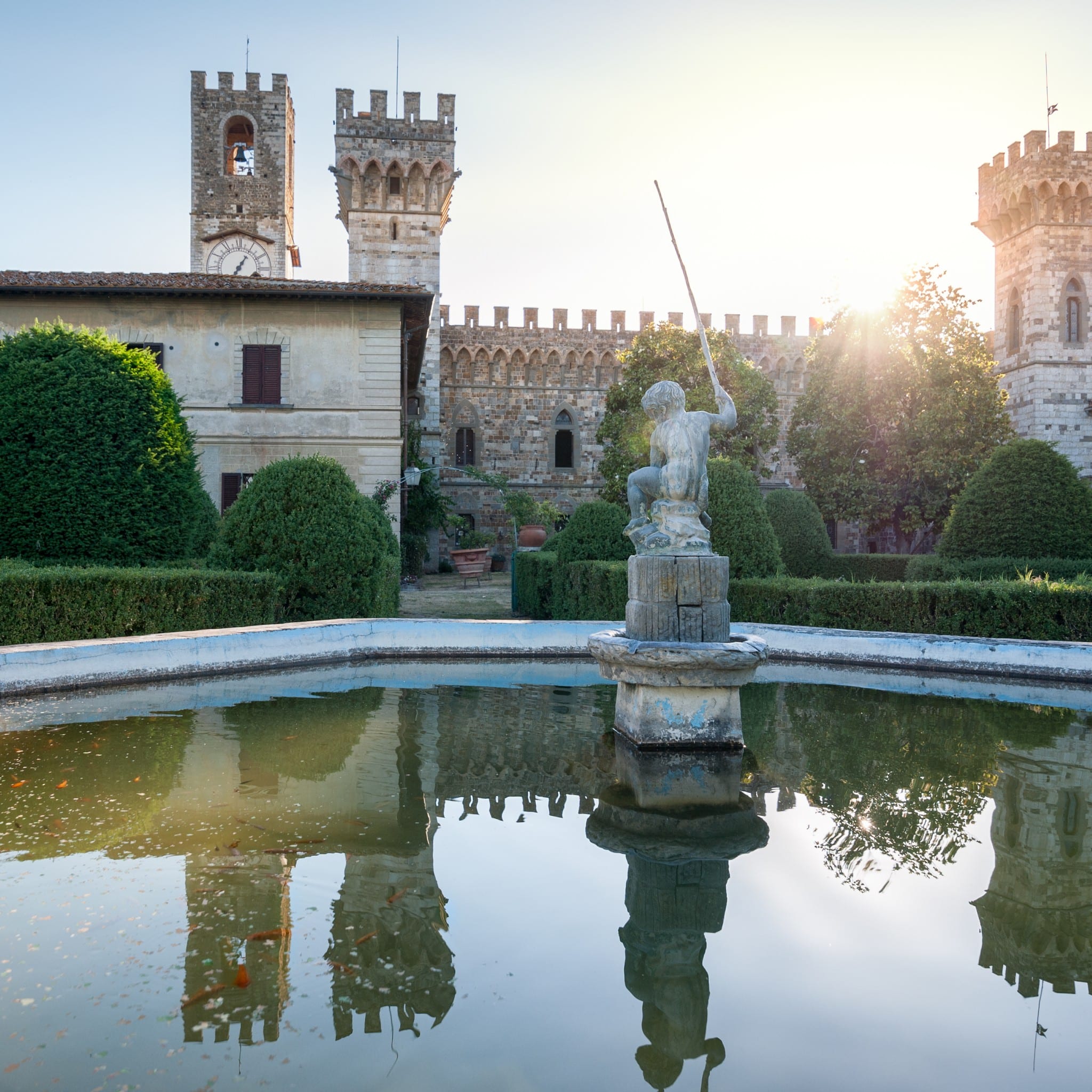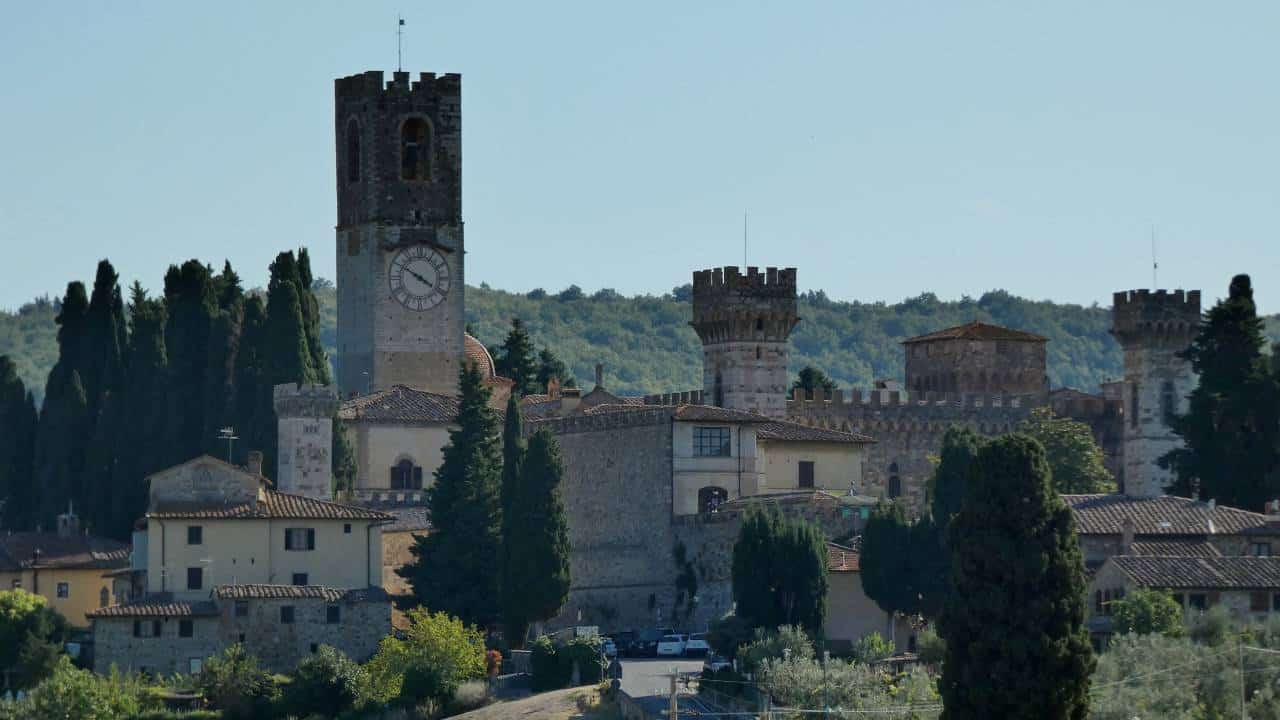Nestled in the rolling hills of Chianti, in the territory of Barberino Tavarnelle, stands the imposing Abbey of San Michele Arcangelo, better known as Badia a Passignano. It is a thousand-year-old Vallombrosan monastic complex, among the oldest and most fascinating in Tuscany, surrounded by vineyards and centuries-old woods. Here lived and died St. John Gualbert, founder of the Vallombrosian congregation, who died in 1073.
Origins and history
The abbey was founded before the year 1000, on an oratory dedicated to St. Michael the Archangel, a figure particularly venerated by the Lombards. From a small Benedictine coenoby, Passignano became a powerful Vallombrosian monastery over the centuries, protected by popes, emperors and Tuscan nobles. Among its most significant historical moments are: The imperial protection of Conrad of Scheiern in 1121; The sojourn of Frederick Barbarossa, whose portrait is in one of the rooms; The political and military engagement of the monastery in favor of the Alberti family, against Florence, in the 13th century; The teaching of Galileo Galilei in 1588, who was called to give lectures on mathematics.
The monastery was suppressed in 1810 under Napoleonic laws, sold to private individuals in 1870, and only in 1986 was it finally returned to the Vallombrosian monks, who still reside there today.
The abbey church
Built beginning in 1266 after the Scolari burned the monastery, the church of St. Michael the Archangel has a Latin cross plan and an austere Vallombrosian style. Inside:
-The central monastic choir divides the nave;
–On the sides, two precious 16th-century panels by Michele di Ridolfo del Ghirlandaio depict the Nativity and the three archangels (Michael, Gabriel and Raphael);
-In the Chapel of St. John Gualbert, frescoes by Alessandro Allori recount the life of the saint and the Recognition of Relics;
–Under the altar, the Romanesque crypt preserves the site of the saint’s first burial and a 16th-century reliquary with fine enamels illustrating scenes from his life.
Outside, the portal is surmounted by a lunette with a 19th-century fresco by Filadelfo Simi and the stone coat of arms of the monks. A statue of the archangel St. Michael, a copy of the Romanesque original attributed to Arriguccio Marmoraio (1177), dominates the facade.
The monastery and cloister
Appearing to be a fortified castle with corner towers, the monastery retains a Benedictine monastic heart. Its present appearance is the result of a radical nineteenth-century neo-Gothic renovation, which transformed the abbey into a noble villa designed by architect Uguccioni.
The large cloister, completed in 1483, is the centerpiece of the complex. Here Filippo di Antonio Filippelli frescoed the Life of St. Benedict, following the model of Monte Oliveto Maggiore. The frescoes, damaged in the 18th century and restored in the 20th century, are a valuable document of art and spirituality.
Also worth visiting:
–The refectory, which preserves Domenico Ghirlandaio’s impressive Last Supper, created in 1476 with the help of his brother David, in a style reminiscent of the Cenacle of Sant’Apollonia in Florence;
–The 18th-century kitchen, which has remained almost untouched by time.
A living community
Today Badia a Passignano is still inhabited by a community of Vallombrosian monks, dedicated to prayer, study and spiritual hospitality. The abbey can be visited by appointment and continues to fascinate with its fusion of faith, art, history and nature in one of Tuscany’s most iconic landscapes.

